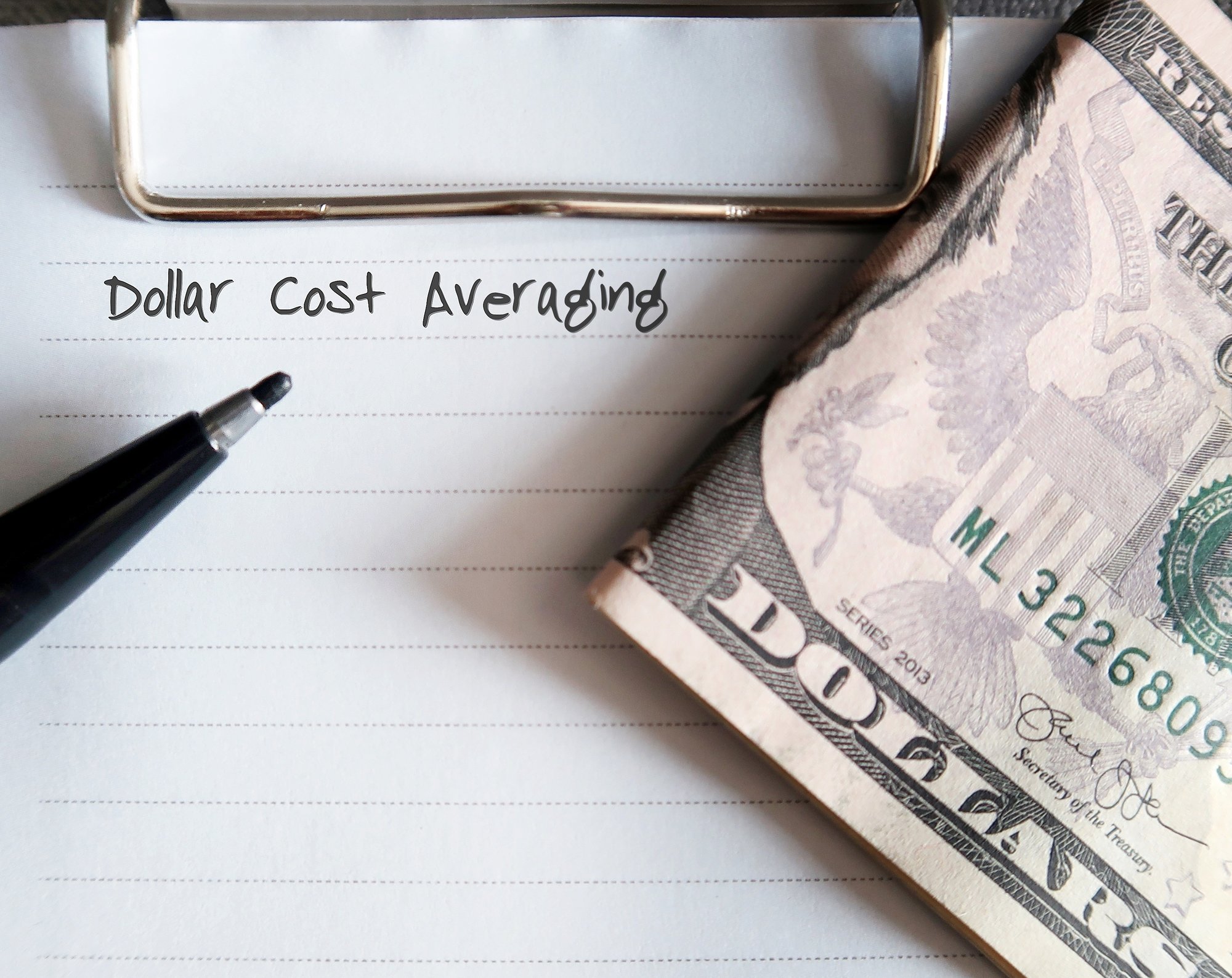An Effective Method for Building Wealth Over Time
Dollar Cost Averaging: A Strategic Investment Approach

Investing can be a daunting endeavor, especially for those new to the financial markets. The fear of making poor investment choices, coupled with market volatility, often deters potential investors from taking the plunge. However, there exists a strategy that simplifies the investment process, mitigates risk, and promotes disciplined investing: Dollar Cost Averaging (DCA). In this article, we will explore the concept of Dollar Cost Averaging, its advantages, and how it can be effectively implemented to build wealth over time.
The Concept of Dollar Cost Averaging
Dollar Cost Averaging is an investment strategy that involves regularly investing a fixed amount of money into a particular asset or portfolio, regardless of its price. This approach is premised on the idea that by consistently investing a set sum at regular intervals, investors can reduce the impact of market volatility and lower the average cost per share over time.
The fundamental principle behind DCA is that it eliminates the need to time the market—an often futile and risky endeavor. Instead of trying to predict market highs and lows, investors commit to a fixed investment schedule, thus spreading their risk across various market conditions. This method not only fosters a disciplined investment habit but also takes advantage of market fluctuations to buy more shares when prices are low and fewer shares when prices are high.
How Dollar Cost Averaging Works
To illustrate the mechanics of Dollar Cost Averaging, consider the following example:
Suppose an investor decides to invest $500 in a particular stock every month. Over the course of a year, the stock's price fluctuates as follows:
- January: $50 per share
- February: $45 per share
- March: $55 per share
- April: $60 per share
- May: $50 per share
- June: $40 per share
- July: $45 per share
- August: $50 per share
- September: $55 per share
- October: $60 per share
- November: $65 per share
- December: $70 per share
By investing $500 each month, the investor purchases a different number of shares each time, depending on the stock's price. For instance, in January, they buy 10 shares ($500 / $50), while in February, they acquire approximately 11.11 shares ($500 / $45), and so on. At the end of the year, the investor owns a total of about 120 shares.
The average cost per share is calculated by dividing the total amount invested ($6,000) by the total number of shares purchased (120), resulting in an average cost of $50 per share. This average cost is lower than the highest price paid during the year ($70) and higher than the lowest price paid ($40), demonstrating the smoothing effect of Dollar Cost Averaging.
Benefits of Dollar Cost Averaging
Dollar Cost Averaging offers several advantages, making it an attractive strategy for investors of all experience levels. Some of the key benefits include:
Mitigating Market Volatility
By investing a fixed amount at regular intervals, investors can reduce the impact of short-term market fluctuations. This approach helps to smooth out the highs and lows, resulting in a more stable investment experience.
Promoting Discipline and Consistency
Dollar Cost Averaging encourages a disciplined investment habit, as it requires investors to commit to a regular investment schedule. This consistency is crucial for long-term wealth building and helps investors avoid the temptation to time the market.
Reducing Emotional Decision-Making
Market volatility can trigger emotional responses that may lead to impulsive investment decisions. Dollar Cost Averaging helps to mitigate these emotions by removing the need to make frequent buy or sell decisions based on market movements.
Lowering Average Cost Per Share
By spreading investments over time, Dollar Cost Averaging can result in a lower average cost per share. This is particularly beneficial during periods of market decline, as investors can purchase more shares at lower prices.
Accessibility and Simplicity
Dollar Cost Averaging is a straightforward strategy that does not require extensive market knowledge or complex analysis. It is accessible to both novice and experienced investors and can be easily implemented through various investment vehicles, such as mutual funds, exchange-traded funds (ETFs), and individual stocks.
Implementing Dollar Cost Averaging
To effectively implement Dollar Cost Averaging, investors should follow these steps:
Determine Investment Amount and Frequency
Decide on the fixed amount of money to be invested and the frequency of investments (e.g., monthly, quarterly). This should be based on individual financial goals, risk tolerance, and investment horizon.
Choose Investment Vehicles
Select the assets or portfolios in which to invest. These could include stocks, mutual funds, ETFs, or other investment instruments aligned with the investor's objectives.
Set Up Automatic Investments
Many financial institutions and brokerage firms offer automated investment plans that facilitate Dollar Cost Averaging. By setting up automatic transfers from a bank account to the chosen investment vehicles, investors can ensure consistent and timely investments.
Monitor and Adjust as Needed
While Dollar Cost Averaging is a long-term strategy, it is essential to periodically review the investment portfolio to ensure it remains aligned with financial goals. Adjustments may be necessary based on changes in market conditions, personal circumstances, or objectives.
Dollar Cost Averaging is a powerful and effective investment strategy that promotes disciplined investing, reduces the impact of market volatility, and helps investors build wealth over time. By committing to regular, fixed investments regardless of market conditions, investors can achieve a lower average cost per share and mitigate the risks associated with market timing. Whether you are a novice investor or a seasoned market participant, Dollar Cost Averaging can provide a structured and reliable approach to achieving your financial goals.
Get our Retirement Planning Perspectives delivered right to your inbox.
We regularly publish a new perspective on a topic that could help you develop a more complete plan for your retirement.
Simply sign up to get all the new Planning Perspectives delivered to you.

